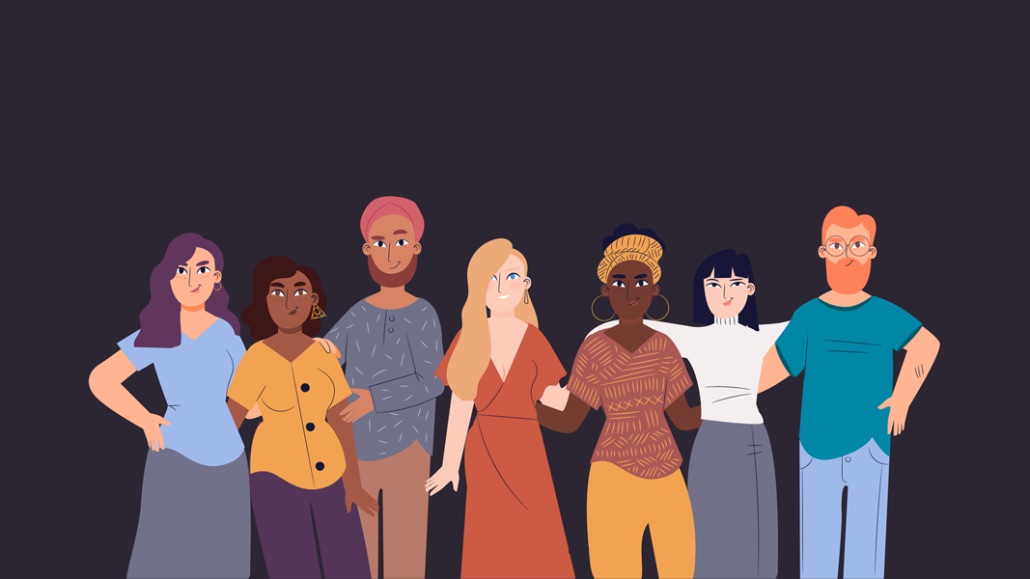Register by Jan 13 to save on passes and connect with marketers from Uber, Bose and more

Michael Weaver, senior vice president, business development and growth, Al Jazeera Media Network
As the digital media industry has dedicated itself to more diverse, equitable and inclusive (DEI) practices, newsrooms have diversified their staffs and advertisers have followed suit, aiming to support diverse media with their ad dollars.
While the digital media industry is appealing to a broader array of groups and voices, the U.S. focus of the DEI movement comes with a significant blindspot — the rest of the world. Looking through a U.S.-centric lens, global media buyers risk leaving out entire categories of content — and people — that do not correspond to the way most Americans think of diversity. And doing so puts the best interests of the global digital media ecosystem, advertisers and audiences at risk.
To move in a global direction that benefits all of digital media’s stakeholders, including audiences, advertisers are aspiring to more inclusive definitions of diversity and inclusion along with more mindful media buying strategies.
More inclusive definitions of diversity and inclusivity
Diversity, equity and inclusion issues are contextual or locally specific.
For example, when buying media in the U.S., advertisers might base their DEI strategies on including outlets with historically underrepresented ownership and readership, such as Black-owned publications. But that effort doesn’t easily translate to international media contexts where, for example, Black publications are the dominant segment. In those markets, considering religious or class differences may be more relevant to inclusivity.
This is hardly the only example of a DEI priority that makes sense in the U.S. and is suboptimal elsewhere at best. Due to local conditions, other societies’ inclusion efforts might focus on age and gender (Japan and Iceland), a local caste system (as in India) or socioeconomic background (much of Africa), according to DEI scholar Poornima Luthra. In every case, figuring out what DEI means to a brand’s audience and its media environment means considering the history and culture of the region, not applying a single perspective or standard on a global scale.
Beyond the categories of identity on which DEI focuses, there is also the question of the kinds of content that media buyers patronize. It’s one thing to champion diversity by doing business with lifestyle publications that cover diverse communities. It’s another to finance the publications that cover the problematic issues that entrench the very inequities the DEI movement exists to counter. And that means not running away from hard news or any publication that mentions, say, a political protest.
Roadblocks to globally inclusive advertising
How global agencies buy media is often at odds with their stated goals of financing diverse publications and voices while reaching the audiences who engage with their content. There are two problems here — blocking any content that might be controversial and chasing audiences without regard for the content those audiences are consuming.
First, advertisers commonly block terms like “protests” or “racism” because they do not want to show up next to stories about those types of events and issues. This is prevalent enough in the U.S. that such moves could lead advertisers to block hundreds of Black-owned media sites. The consequences for international audiences could be even wider-reaching, given that so much international media focuses on serious political issues. By making the same kinds of decisions about blocking, advertisers could remove the oxygen from an international media sector covering current events in Africa, Asia and the Middle East.
The blocklist problem is part of a larger trend in which advertisers focus on connecting with audiences without considering the content they support to reach them. It’s a step toward diverse outcomes, for example, for advertisers to set a goal of reaching audiences who belong to a diverse group of religions. But if advertisers are targeting those people while blocking much of the content they read out of misguided concern for brand safety, they risk reaching them via only dominant outlets and lighthearted content. This does a disservice to those same communities and the broader DEI movement.
To clear these roadblocks, advertisers must ensure they’re buying media from diverse publications — domestically and internationally — not just courting diverse audiences. They need to ensure their definition of diversity is not limited to the U.S. context. And they need to retire overly broad blocklists, which sacrifice diverse, democracy-critical news while elevating content mills and familiar suspects.
How advertisers, publishers and audiences are benefitting
Advertising against internationally diverse and inclusive media is the right thing to do, and it’s also good for business. By failing to account for international audiences and the digital media organizations they depend on, advertisers are missing out on some of the world’s most educated, influential and affluent consumers. This is especially true for media buyers who shy away from serious news, which draws savvy readers.
Agencies often speak about the importance of representation and reaching those same audiences. Often, however, initiatives premised on inclusion need to be more inclusive. By looking beyond the U.S. context, advertisers take a significant step forward in their commitment to diverse media owners and audiences — and access the valuable business opportunities they represent as well.
Sponsored by: Al Jazeera Media Network
More from Digiday

Why publishers are building their own creator networks
Publishers are forming creator networks to regain control, combat traffic declines, and reach audiences shifting toward influencers.

At CES, Omnicom Media ties a deal with Walmart purchase data into Meta’s influencer followers
The partnership connects Walmart customer purchase data with Meta’s raft of influencers (via Instagram) to empower Creo to to help brands identify potential creator partners.

Ad Tech Briefing: CES marks the opening of digital advertising’s (likely) year of consolidation
Platforms including Amazon and Reddit use the Las Vegas-hosted event to muscle in on advertising budgets traditionally controlled by ad tech vendors.








